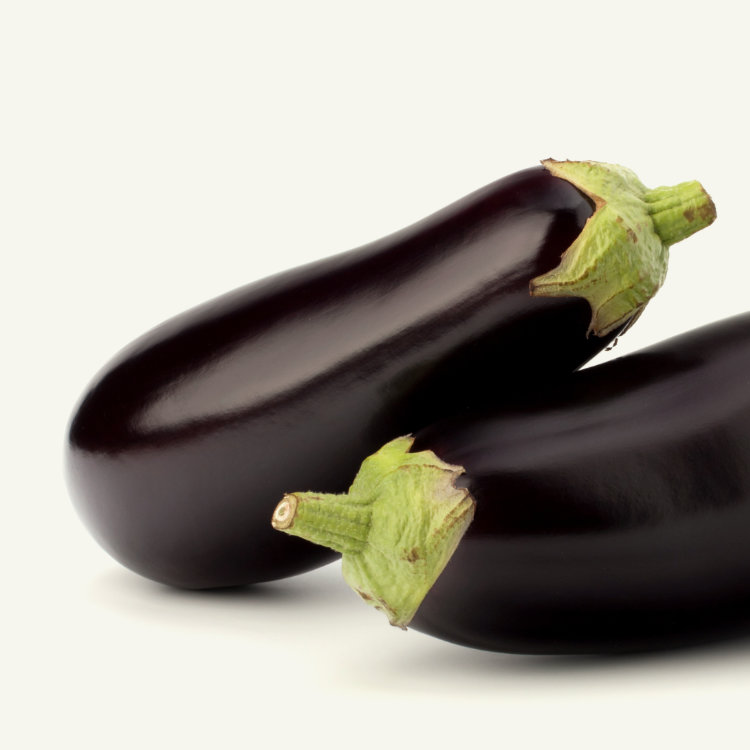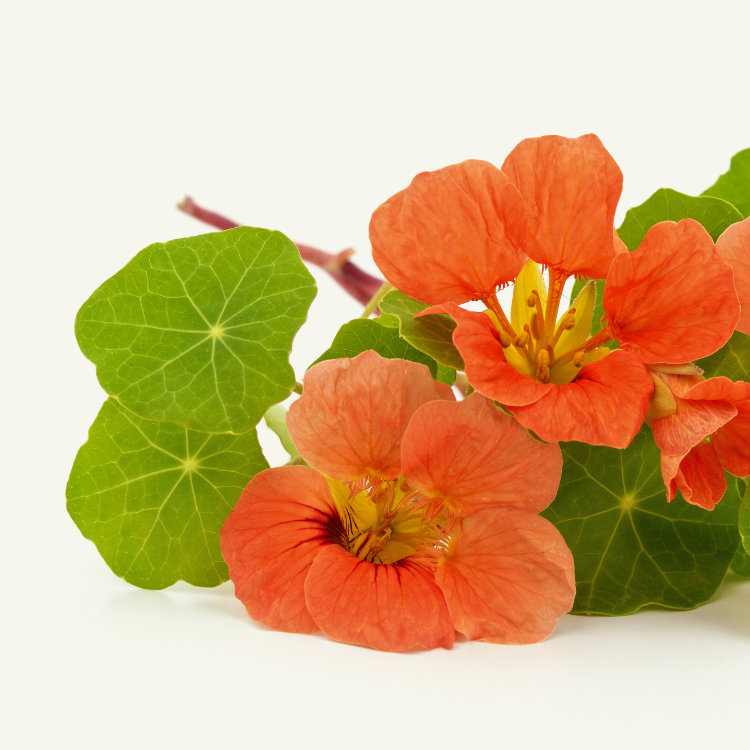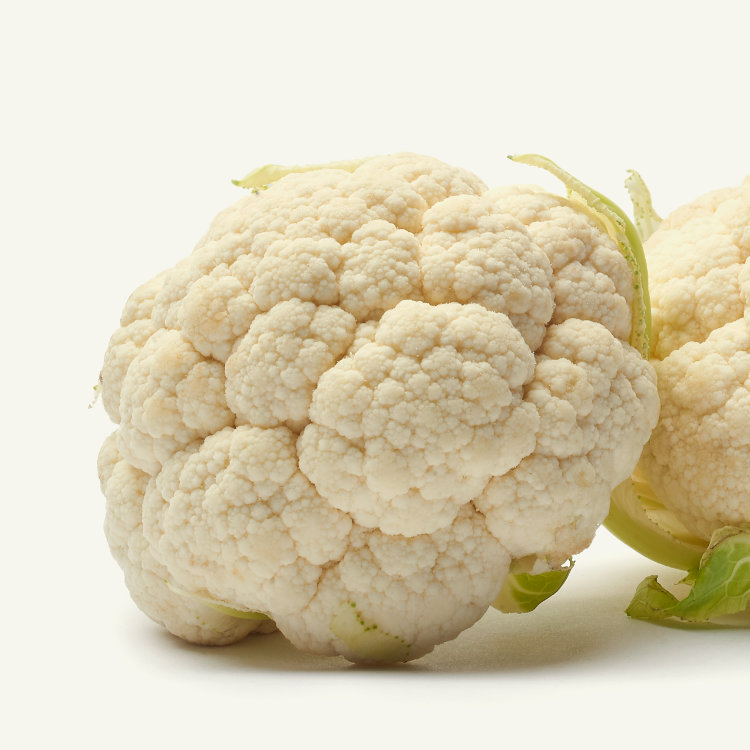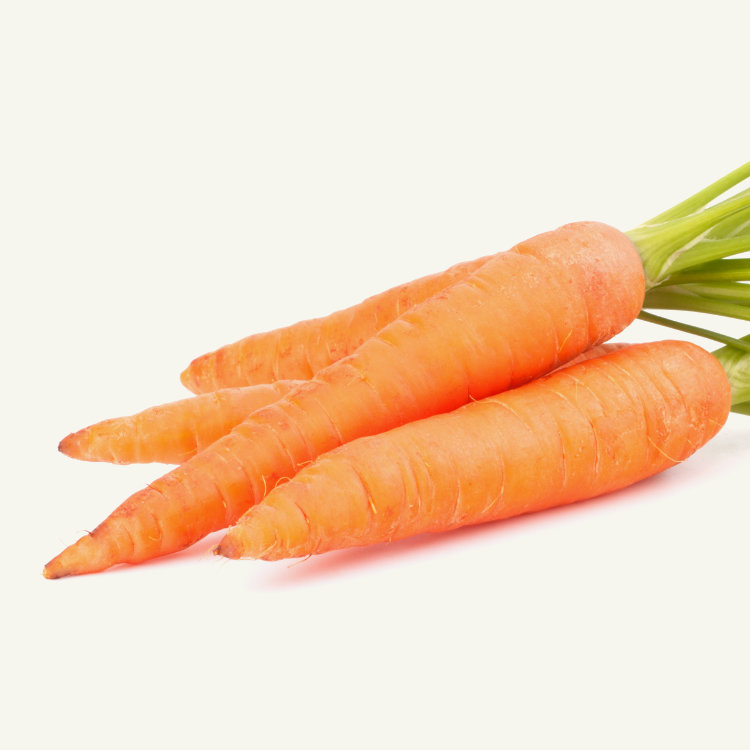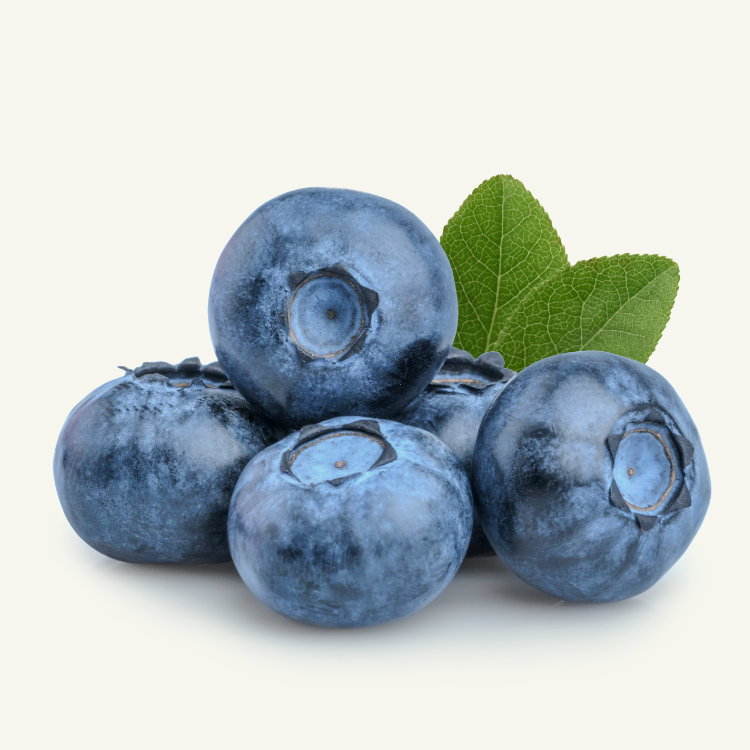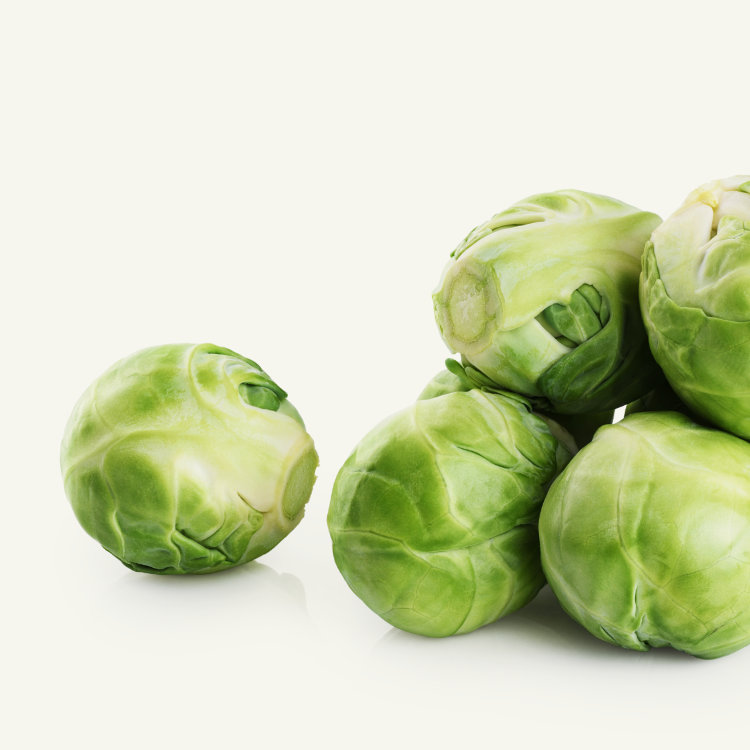Description
Aubergine, Solanum melongena, also known as eggplant, is a delicate, tropical plant, in the nightshade family Solanaceae. Therefore related to the tomato, chili pepper, and potato.
Although they are perennial plants, they are mostly grown as annuals for their edible fruit.
Today there are several cultivars of Aubergines and their fruits can vary from purple to white, from where the name “eggplant” originally came.
Characteristics
Plant
Type
Herb, Shrub
Life
Cycle
Perennial
Plant
Height
1,2 m
(4 ft)
Plant
Spread
30 cm
(12 in)
Biodynamic
Group
Fruit
Plants
Hardiness
Zones
USDA 3-10
RHS H1C
Aubergines need a lot of warmth and sun and in many places, it is best to plant them in greenhouses. If this is not possible, wait until May to sow and plant them outside in a sheltered, warm, and sunny location.
Growing Conditions
Sunlight
Full Sun
Water
Moist well drained
Soil
Loam, sand.
Fertilization
High to moderate
PH
6.5 to 7.0
Culture Guide
Propagation
By seed
Deep
1 cm
(0,5 inches)
Space
50 cm
(20 inches)
between plants
Distance
60 cm
(24 inches)
between rows
Calendar
JANUARY
FEBRUARY
MARCH
APRIL
MAY
JUNE
JULY
AUGUST
SEPTEMBER
OCTOBER
NOVEMBER
DECEMBER
Unfavourable. Sow/Plant Sow/Plant/Harvest. Harvest.
Sowing, planting, and harvesting times are region and hardiness zone-dependent. Please adjust dates according to country and crop used.
To know the best times for indoor seeding, outdoor sowing, planting, and harvest, please consult our gardening calendar.
Pairs
Companion planting is an excellent method to maximise space, improve pollination, deterring pests, prevent diseases, and improve growth.
Discover what crops can you use for better results, and the ones you should avoid.
Positive
Artichoke
Basil
Broccoli
Marigolds
Dandelion
Bush bean
Pea
Radish
Tomato
Garden Thyme
Pepper Plant
Squash
Negative
Carrot
Cucumber
Celery Root
Chive
Leek
Maize
Onion
Potato
Sweet Potato
Melon
Pests and Diseases
Aubergines can be affected by some common pests and diseases. However, all of them can be easily controlled.
The most common are aphids, powdery mildew, colorado potato beetle, sclerotinia, Cercospora leaf spot, greenhouse whitefly, grey mould, and mites.
Prevention and Control
Prevention and control methods depend mostly on the pests and diseases affecting your plants. Weather, soil, and the surrounding environment can also promote or demote plant problems.
For the most common issues, you can use horsetail decoction, neem oil, pyrethrum, and Bordeaux mixture.
Nutrients
Energy
Carbohydrates
Water
Average nutrition values per 100 g. of edible portion.
Percentage of daily values based on a 2000 calorie diet.
Health Benefits
Aubergines are nutritionally low in terms of macronutrients and micronutrients content. There are however significant values of folic acid (vitamin B9), vitamin C, potassium, calcium, and phosphorus.
Aubergines have nevertheless several health benefits such as anti-cancer prevention, helping digestion, helping in weight loss, and can improve heart health.
You may also like to know more about

